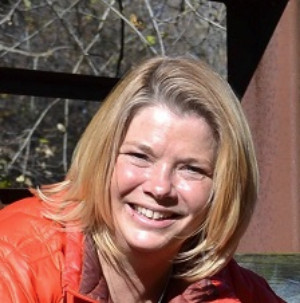Watershed Protection and Management
A special issue of Water (ISSN 2073-4441). This special issue belongs to the section "Hydrology".
Deadline for manuscript submissions: closed (31 May 2016) | Viewed by 57560
Special Issue Editors
Interests: natural resource sociology; watershed social assessment; community; place attachment; natural resource management
Special Issue Information
Dear Colleagues,
Watersheds are gaining significant prominence as an important scale to address water quality and quantity issues for the future. For example, the United States Environmental Protection Agency (EPA) provides funding for projects that utilize a watershed scale as a mechanism to address non-point source pollution and the adoption of Best Management Practices (BMPs). Watersheds provide an important ecologically relevant scale for research, outreach, and other efforts to address issues of water quality and quantity, especially for growing populations. However, watershed-based management also presents many challenges, for example, watershed boundaries do not adhere to political boundaries or jurisdictions, and management in such settings often involves collaboration among competing interests and overlapping regulatory directives. For successful collaborations, an accurate understanding of the resource is essential, and using the geo-spatial framework of a watershed to frame research and analyses facilitates the development of analytical techniques that can more clearly address growing threats to water quality, such as non-point source pollution (NPS), within bounded systems. Similarly, a constituent’s attitudes towards water issues, attachment to place, and other important social factors affecting the management of water resources are well understood at a watershed scale. This Special Issue of Water is designed to contribute to the growing body of literature that focuses on the watershed scale as a mechanism to address threats to water quality, as well as serve as effective vectors for water stewardship and conservation. The information and analyses are intended to contribute to a better understanding of how we can utilize the watershed scale framework to protect our water resources around the globe and into the future.
Prof. Dr. Joan M. Brehm
Prof. Dr. Brian W. Eisenhauer
Guest Editors
Manuscript Submission Information
Manuscripts should be submitted online at www.mdpi.com by registering and logging in to this website. Once you are registered, click here to go to the submission form. Manuscripts can be submitted until the deadline. All submissions that pass pre-check are peer-reviewed. Accepted papers will be published continuously in the journal (as soon as accepted) and will be listed together on the special issue website. Research articles, review articles as well as short communications are invited. For planned papers, a title and short abstract (about 100 words) can be sent to the Editorial Office for announcement on this website.
Submitted manuscripts should not have been published previously, nor be under consideration for publication elsewhere (except conference proceedings papers). All manuscripts are thoroughly refereed through a single-blind peer-review process. A guide for authors and other relevant information for submission of manuscripts is available on the Instructions for Authors page. Water is an international peer-reviewed open access semimonthly journal published by MDPI.
Please visit the Instructions for Authors page before submitting a manuscript. The Article Processing Charge (APC) for publication in this open access journal is 2600 CHF (Swiss Francs). Submitted papers should be well formatted and use good English. Authors may use MDPI's English editing service prior to publication or during author revisions.
Keywords
- watershed management
- watershed protection
- non-point source pollution
- water quality
- policy






